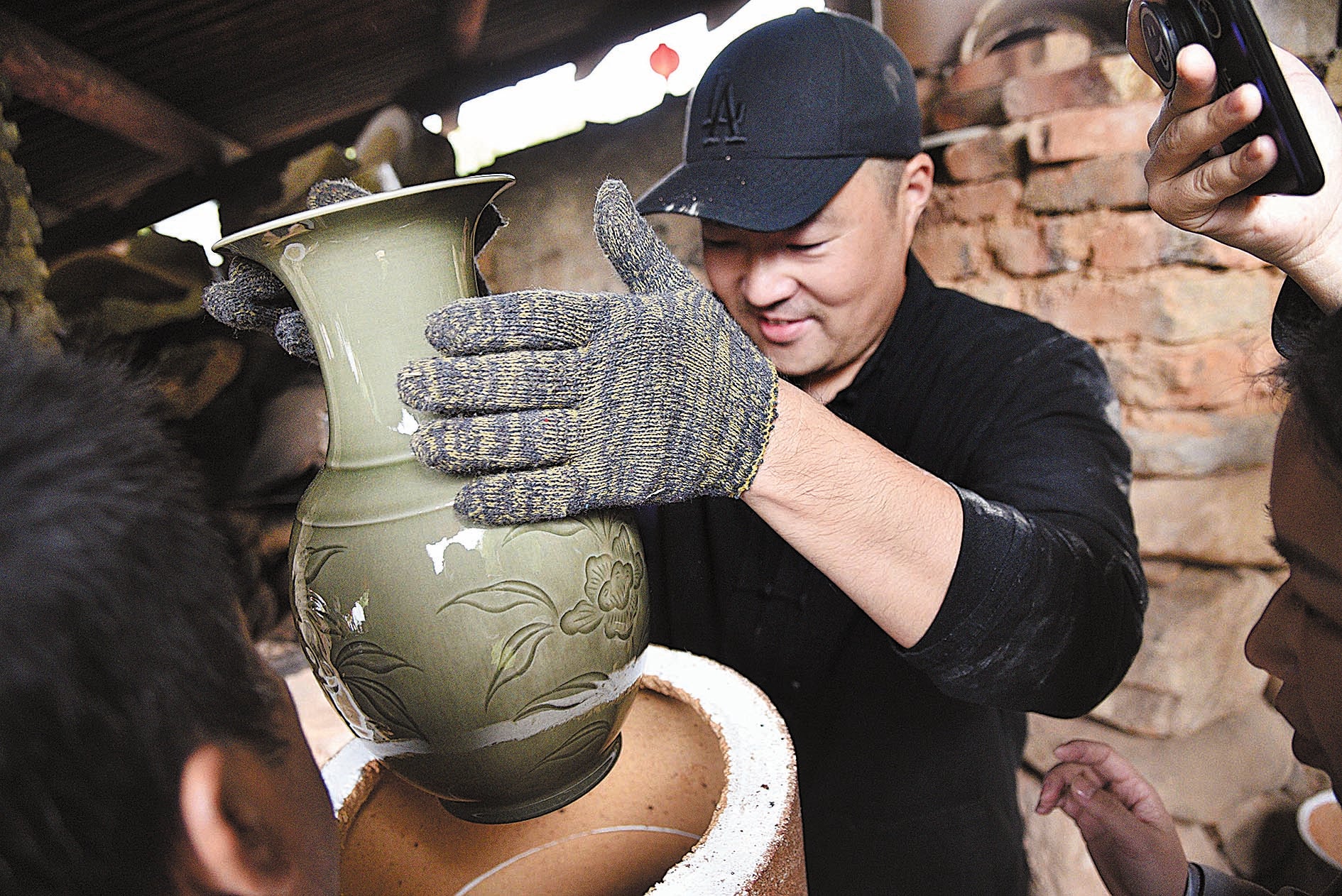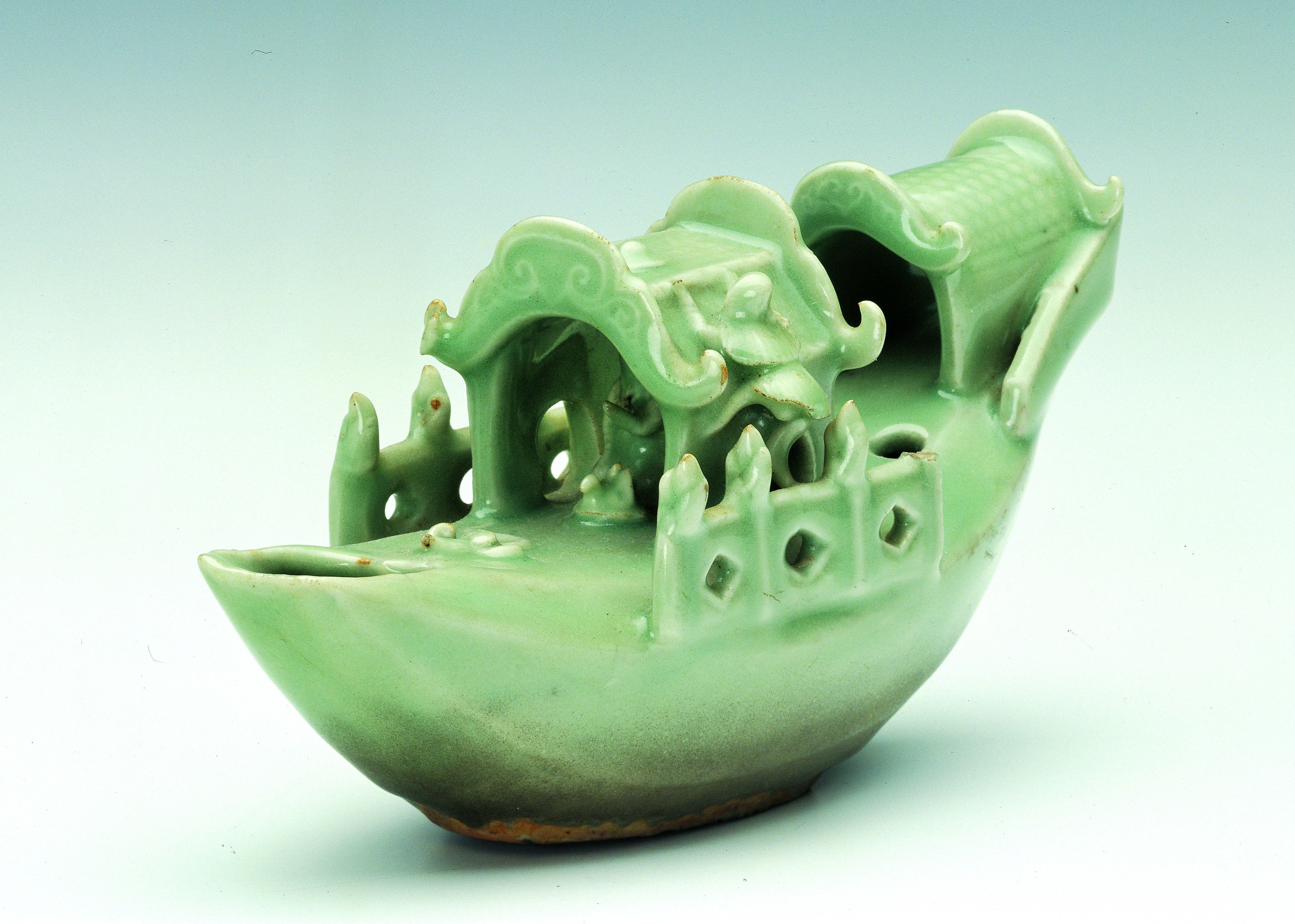Porcelain sheds light on history and culture
THE ARTICLES ON THESE PAGES ARE PRODUCED BY CHINA DAILY, WHICH TAKES SOLE RESPONSIBILITY FOR THE CONTENTS

Porcelain, one of ancient China’s oldest and greatest inventions, has played a significant role in the country’s long history.
The fact that porcelain is also popularly known as china or fine china in English speaks of the common recognition of its origins and identification with China.
By the late Paleolithic Age Chinese people had already made pottery. Fragments unearthed from the Xianrendong Cave in Jiangxi province are believed to be the world’s earliest pottery, dating back about 20,000 years.
About 18,000 years later, with technological advances, such as the use of raw materials, the moulding process and firing techniques, the world’s first high-fire ceramics, commonly referred to as primitive porcelain or protoporcelain, emerged during the Shang Dynasty (c. 16th century-11th century BC).
Jiang Yu, director of the Department of Ceramics at the Zhejiang Provincial Museum, said these early protoporcelain items shared some basic attributes and properties with porcelain, including their hardness, glaze and low permeability, but they were not yet sufficiently refined to be recognised as porcelain.
By the late Spring and Autumn Period (770-476 BC) and the early Warring States Period (475-221 BC), large quantities of protoporcelain began to be made in present-day Zhejiang province. These items were more affordable and more readily available than the bronze pieces of the day, which were preferred by most people.

However, it wasn’t until the Eastern Han Dynasty (25-220) that porcelain in its modern form appeared. In the 1970s archaeologists excavated ceramic shards in Shangyu, Zhejiang, the quality of which was considerably better than protoporcelain. In the early 2000s more items were dug up. These pieces have a grey or greenish ceramic glaze, and this type of porcelain is now popularly known as celadon and which dominated ceramics in China for a long period, thanks to its jade-like features.
Production of porcelain — in particular celadon — developed further in Zhejiang and surrounding areas after the Eastern Han Dynasty.
The Longquan Kiln, in Zhejiang emerged in the Five Dynasties and Ten Kingdoms period (907-960). It blossomed in the Northern Song Dynasty (960-1127), and from the Southern Song Dynasty (1127-1279) to the mid-Ming Dynasty (1368-1644) it was China’s largest porcelain production centre.
The Zhejiang Provincial Museum is home to one of its most-treasured items, a piece of Longquan celadon made during the Southern Song period.
The piece, 6.6in long, 2.5in wide and 3.7in tall, is a boat-shaped water dropper, a device commonly used in ancient China to put water on ink stones when grinding ink sticks.
Carved columns are on the left and right sides of the item, with a pavilion cabin in the centre. A rolled-down shelter is at the back, with the anchor and oars also shown in vivid detail. Two passengers are positioned inside the cabin, as the boatman, standing outside and appearing to be preparing to moor the vessel, leans over to collect his bamboo hat from the roof. His robe flows in the wind.
Cai Naiwu, a ceramics expert at the museum, said: “This piece represents the height of Longquan porcelain-making and shows just how exquisite and unique it is.”
The boat-shaped water dropper is likely to have been custom-made for a member of the literati, a common practice at the time, Cai said.
In September 2009 UNESCO inscribed the traditional firing technology for Longquan celadon on its Representative List of the Intangible Cultural Heritage of Humanity.
Porcelain is an indisputably ingenious creation by the ancient Chinese that combines art and technology, and integrates aesthetics with practicality.
More importantly, it provides clues to China’s past, Cai said. “Thanks to its durability, porcelain can be likened to a chip that stores countless and invaluable information about China’s history, society and culture.”
Celadon was favoured by the imperial Chinese court for a long time until the Yuan Dynasty (1271-1368), when blue-and-white porcelain came into vogue and its production base gradually shifted to Jingdezhen, Jiangxi, and elsewhere.
Jiang Yu, director of the Department of Ceramics at the Zhejiang Provincial Museum, said: “Our ancestors mastered the craft of producing porcelain, which has since been highly regarded, not only by Chinese but by people worldwide. It has become an indispensable part of culture as well as part of people’s everyday life.”
